Is seaweed fabric waterproof?
Understanding seaweed fabric composition
Seaweed fabric, also known as sea cell fabric, is a textile made from a combination of cellulose fibers extracted from seaweed and other natural fibers, such as cotton. The seaweed used is typically harvested in an environmentally sustainable manner. Proponents of seaweed fabric claim various benefits, including its eco-friendly production process, natural antimicrobial properties, and moisture-wicking abilities. While it's not entirely waterproof, the fabric is known for its softness and comfort, making it a unique and environmentally conscious option in the realm of sustainable textiles.
Natural Water repellent properties of seaweed fabric
Our main discussion here is about whether the seaweed fabric is waterproof. While seaweed fabric is not inherently classified as waterproof, it may exhibit some natural water-repellent properties. The cellulose fibers derived from seaweed often have hydrophobic tendencies, meaning they can resist water to some extent. However, the level of water resistance in seaweed fabric may not be as high as in materials explicitly designed and treated to be waterproof. It's crucial to note that the overall water-repellency of seaweed fabric can be influenced by factors such as the specific seaweed type used, the manufacturing process, and any additional treatments applied during production. For comprehensive waterproofing, additional coatings or treatments may be necessary.
Seaweed fabric in wet environments
While seaweed fabric isn't typically classified as waterproof, it may perform well in wet environments due to its natural water-repellent properties. The cellulose fibers derived from seaweed can resist water to some extent. In damp conditions, sea weed fabric may provide a level of protection against moisture, but it is not entirely impervious. For activities in consistently wet environments or heavy rain, additional waterproofing measures might be necessary to make it a perfect waterproof fabric.
Care and maintenance tips to maintain water repellency
Preserving and potentially enhancing the water repellency of seaweed fabric involves careful care and maintenance:
- Gentle Washing:
Use a mild detergent and opt for gentle washing methods, either by hand or using a delicate cycle in cold water, in the washing machine.
- Avoid Harsh Chemicals:
Steer clear of harsh chemicals or bleach that might compromise the fabric's water repellent characteristics.
- Ironing with Care:
If ironing is necessary, use a low heat setting, and consider placing a cloth between the iron and the fabric to avoid direct contact.
- Avoid Fabric Softeners:
Refrain from using fabric softeners as they can potentially diminish the water repellency of the fabric.
- Reapplication of Water Repellent Treatment:
Depending on the manufacturer's recommendations, consider reapplying water repellent treatments periodically to enhance or restore the fabric's water resistance.
Following these care tips helps maintain the water-repellent features of seaweed fabric, ensuring its longevity and optimal performance in varying conditions.
Real-world applications of seaweed fabric
Seaweed fabric finds diverse and innovative applications in the real world, showcasing its versatility and eco-friendly attributes:
- Apparel and Fashion:
Clothing items like dresses, shirts, and activewear benefit from seaweed fabric's softness, breathability, and sustainable appeal.
- Athletic Wear:
Sports and outdoor enthusiasts appreciate seaweed fabric's moisture-wicking properties and comfort, making it suitable for sportswear and activewear.
- Home Textiles:
Towels, bathrobes, and curtains made from seaweed fabric introduce a touch of luxury and sustainability to home environments.
- Medical Textiles:
Antimicrobial properties inherent in some seaweed fabrics make them suitable for medical textiles, such as bandages or hospital gowns.
- Interior Design:
Upholstery, cushions, and other interior design elements benefitit from the softness and unique qualities of seaweed fabric.
Future innovations in seaweed waterproofing
Future innovations in seaweed fabric aim to improve waterproofing. Scientists explore nano-coating for ultra-thin layers, mimicking nature for biomimetic solutions, and creating hybrid materials for enhanced water resistance. Responsive coatings adapting to environmental conditions, eco-friendly treatments, and integration with smart textiles are on the horizon. Customizable water resistance for consumers and sustainable methods will redefine seaweed fabric, ensuring eco-conscious, water-resistant textiles for a variety of applications.

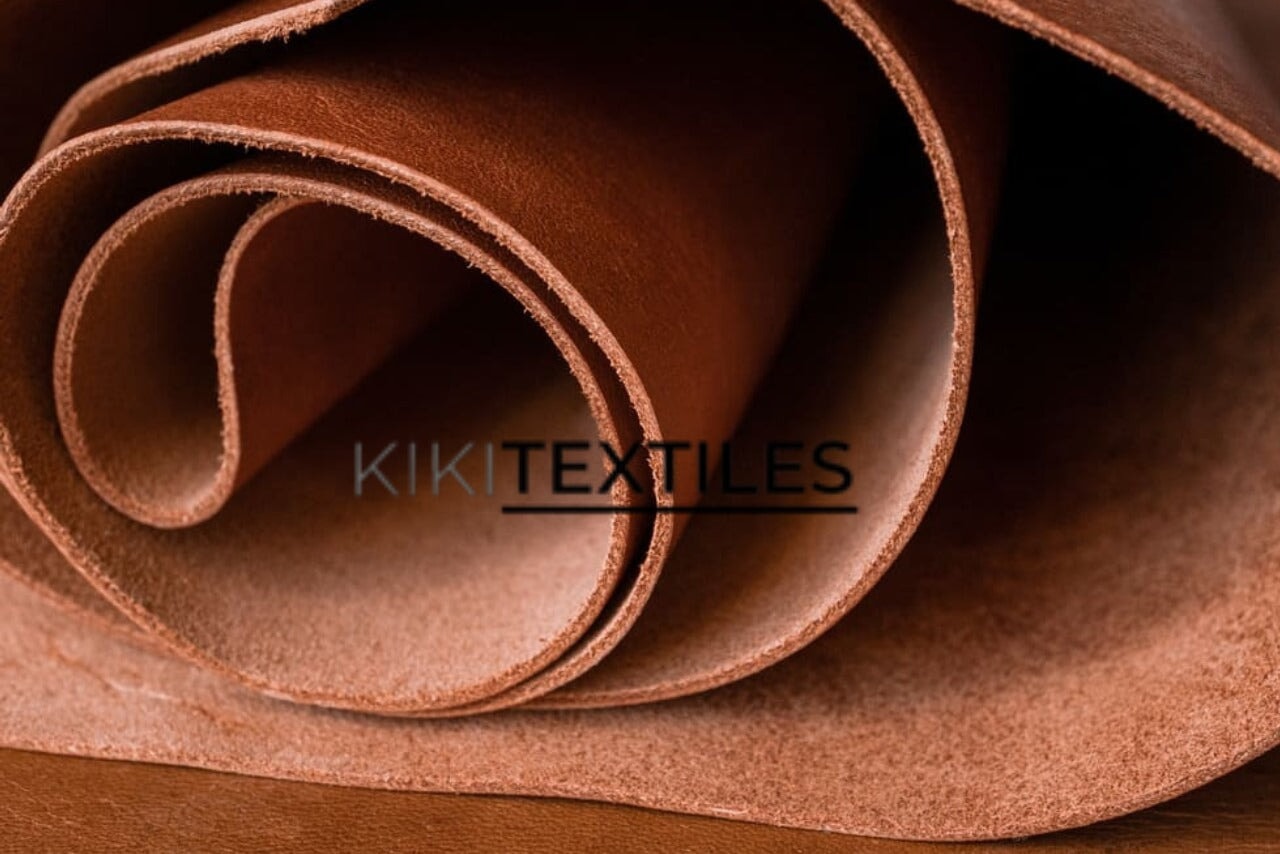
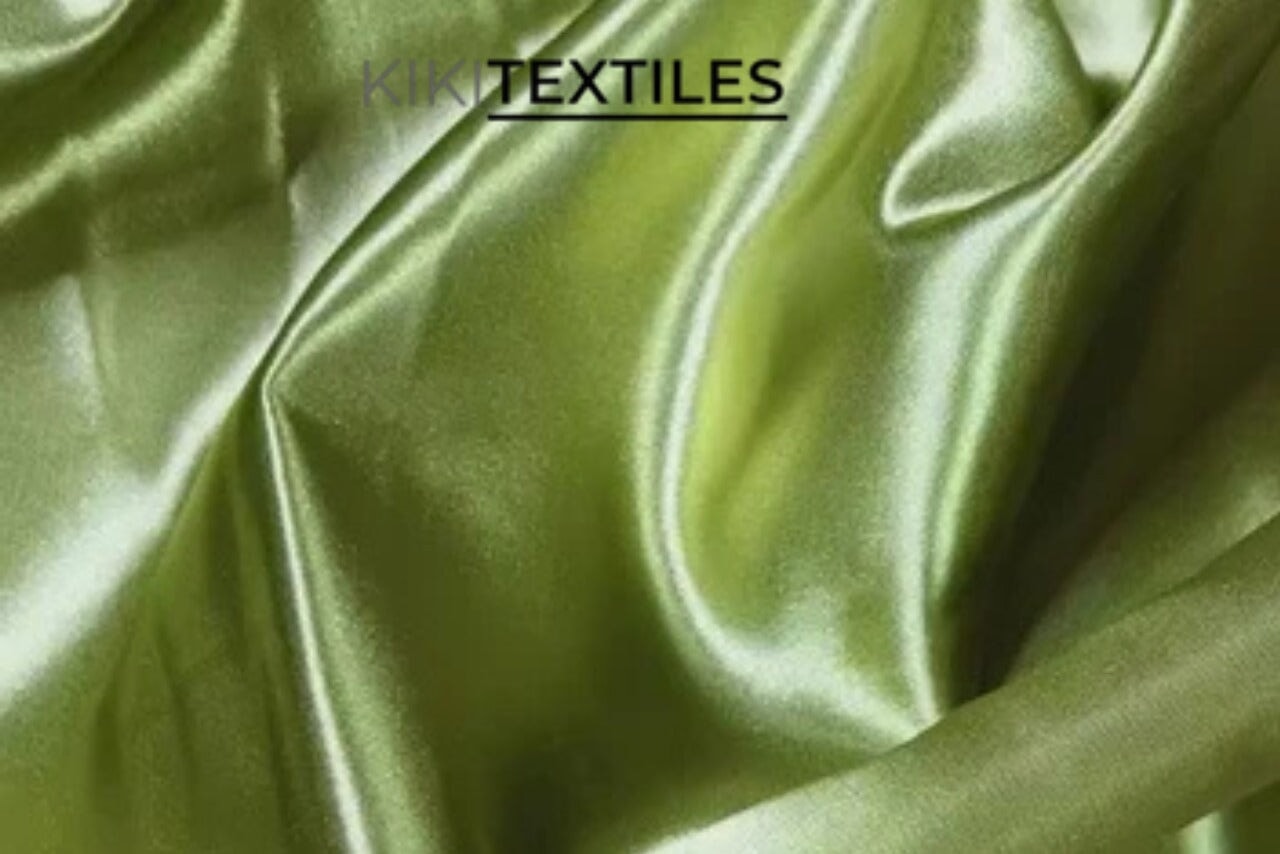

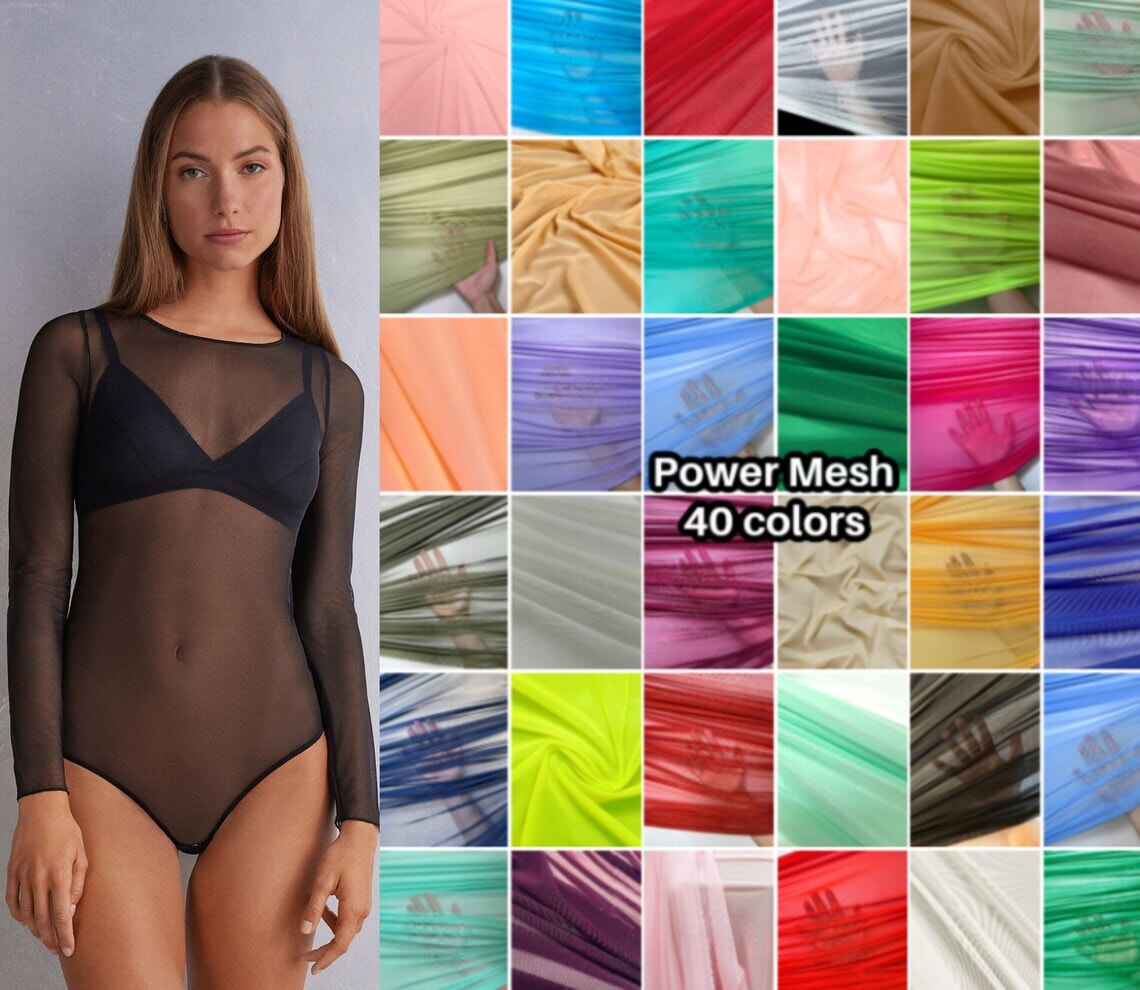
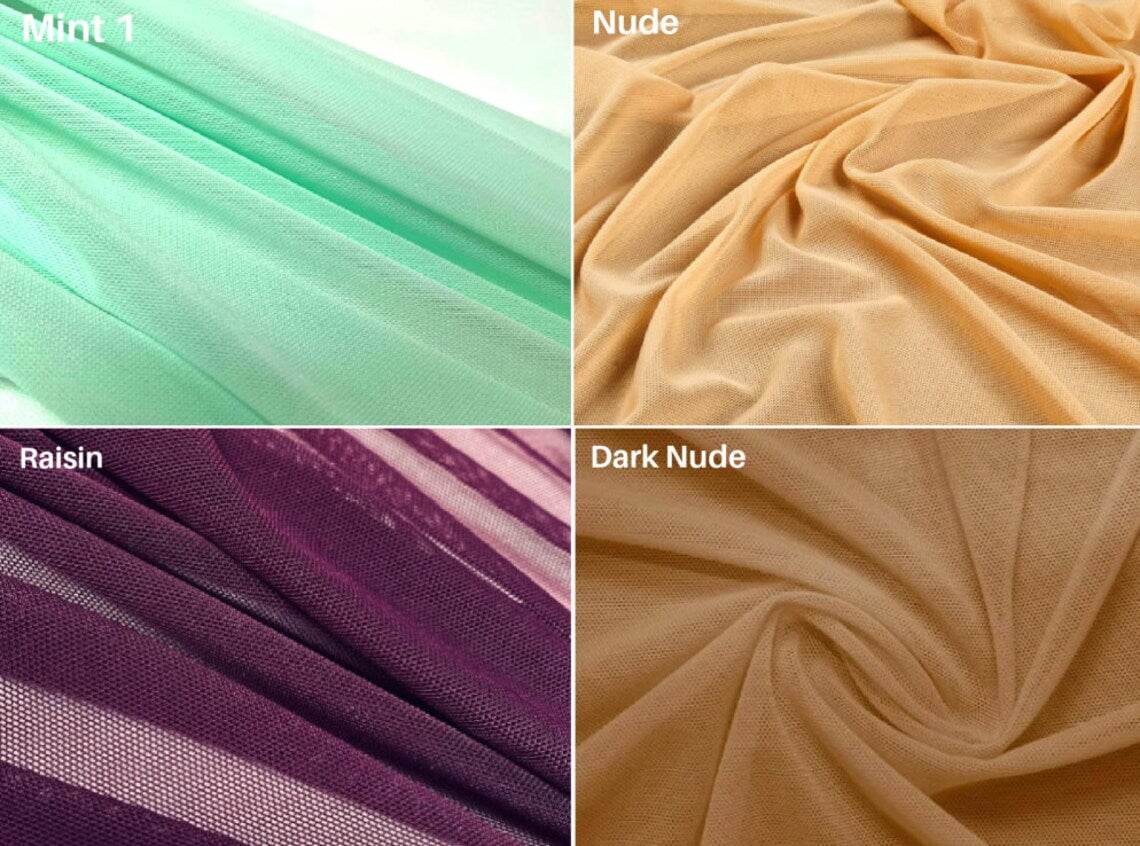
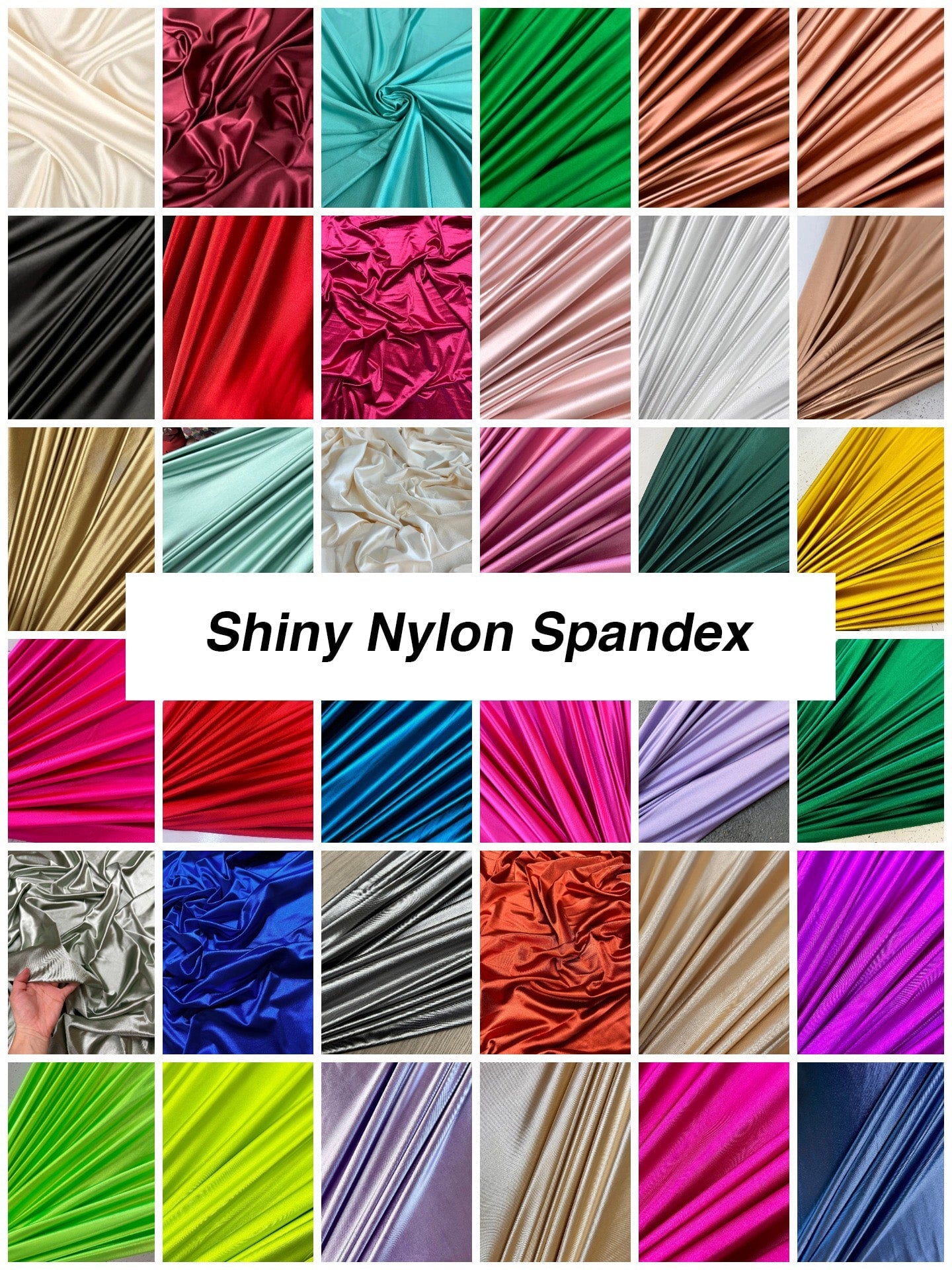
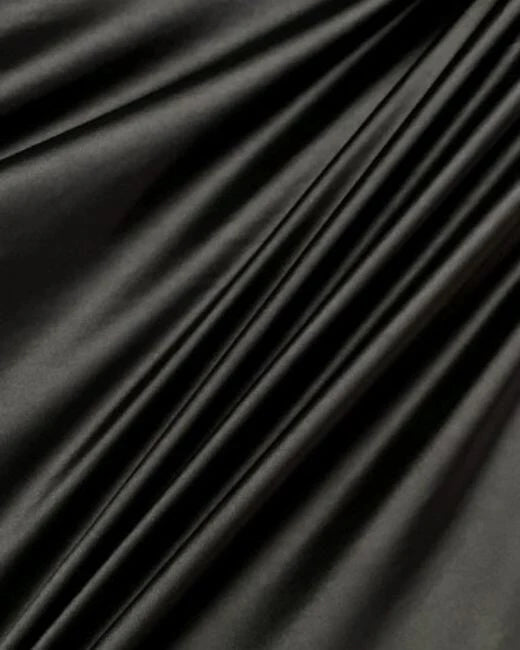
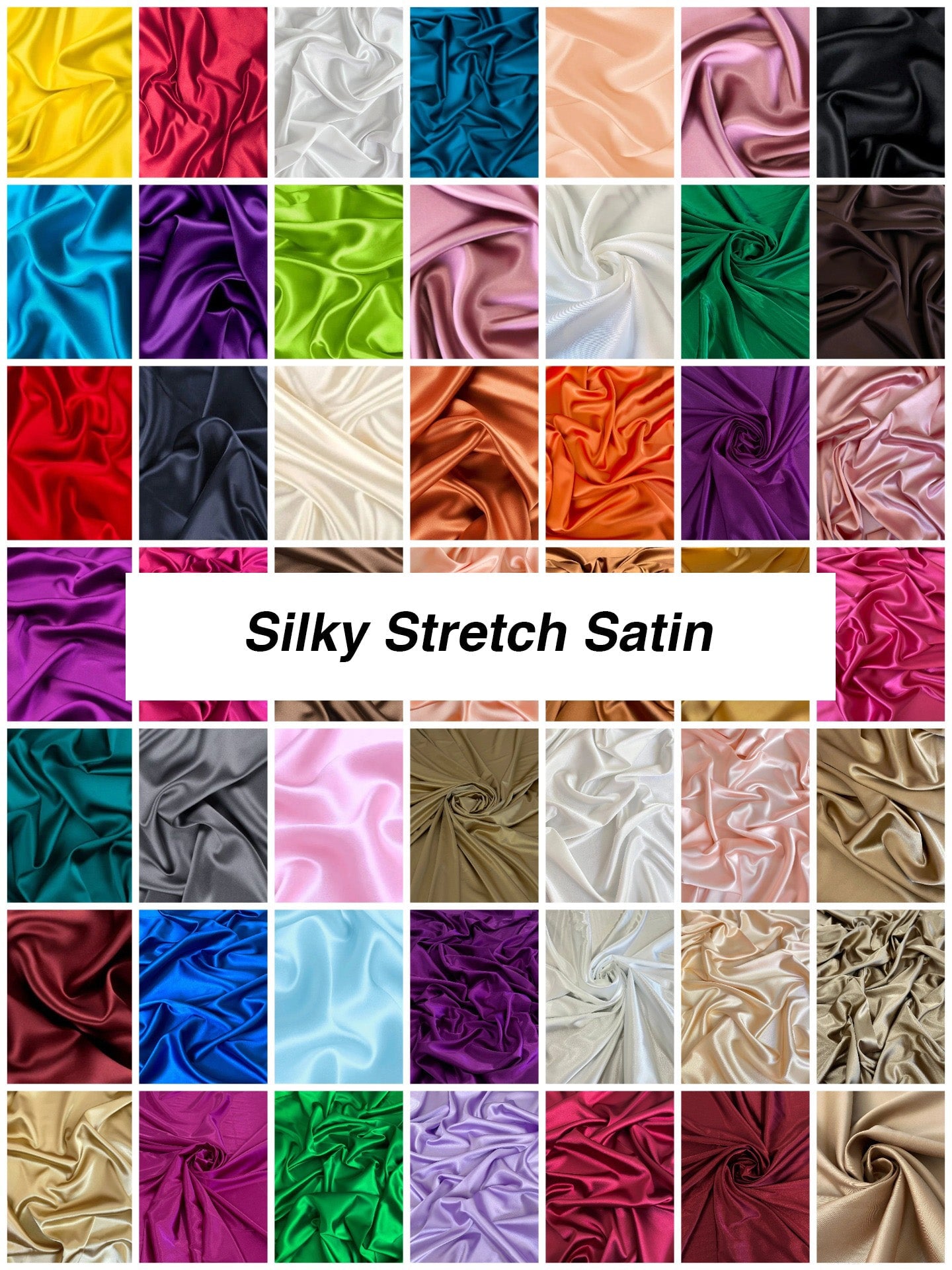
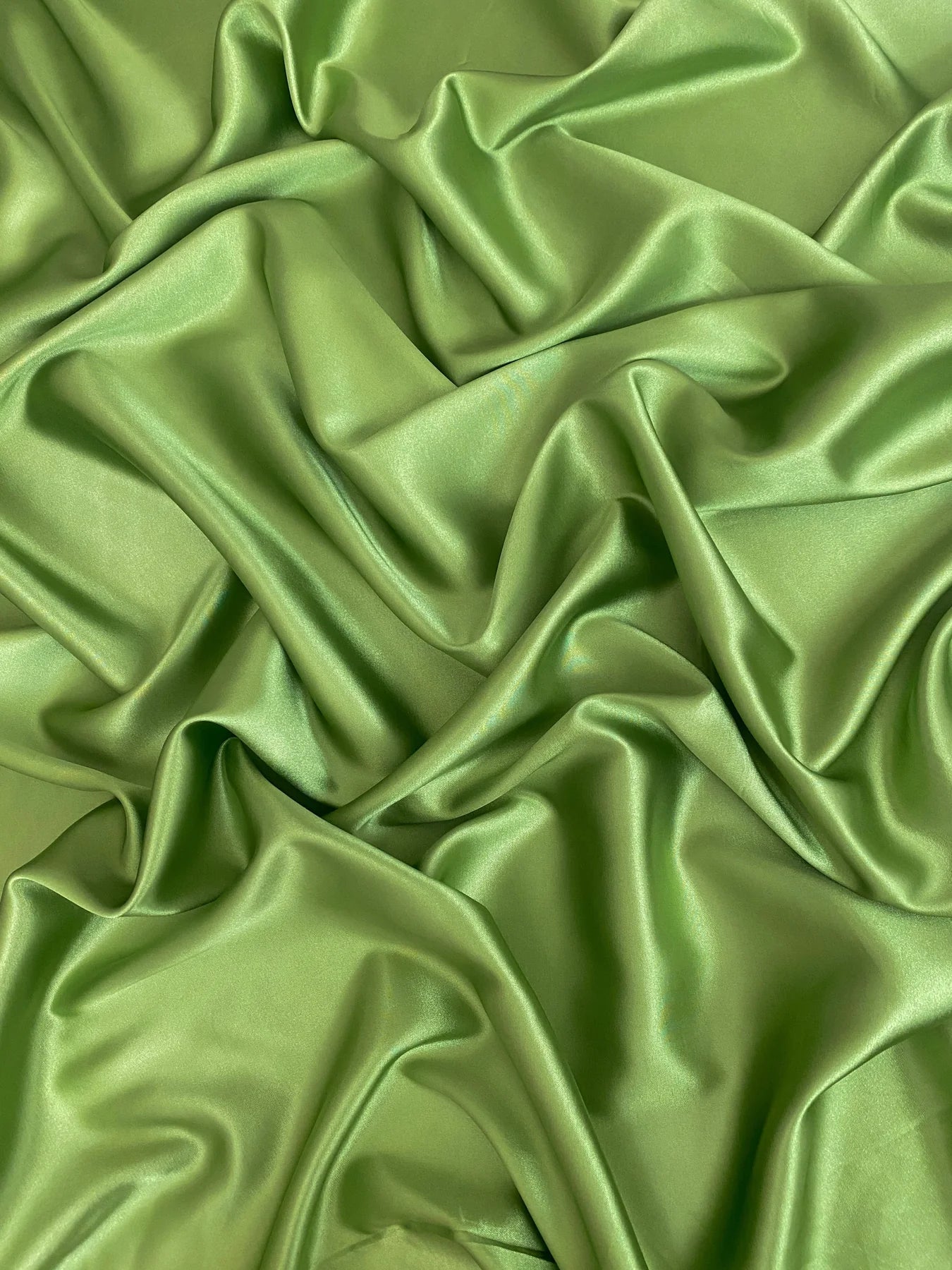
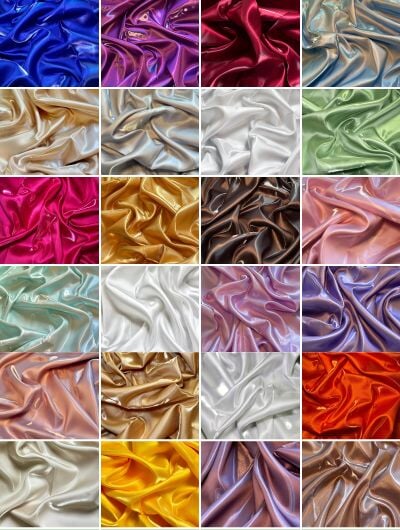
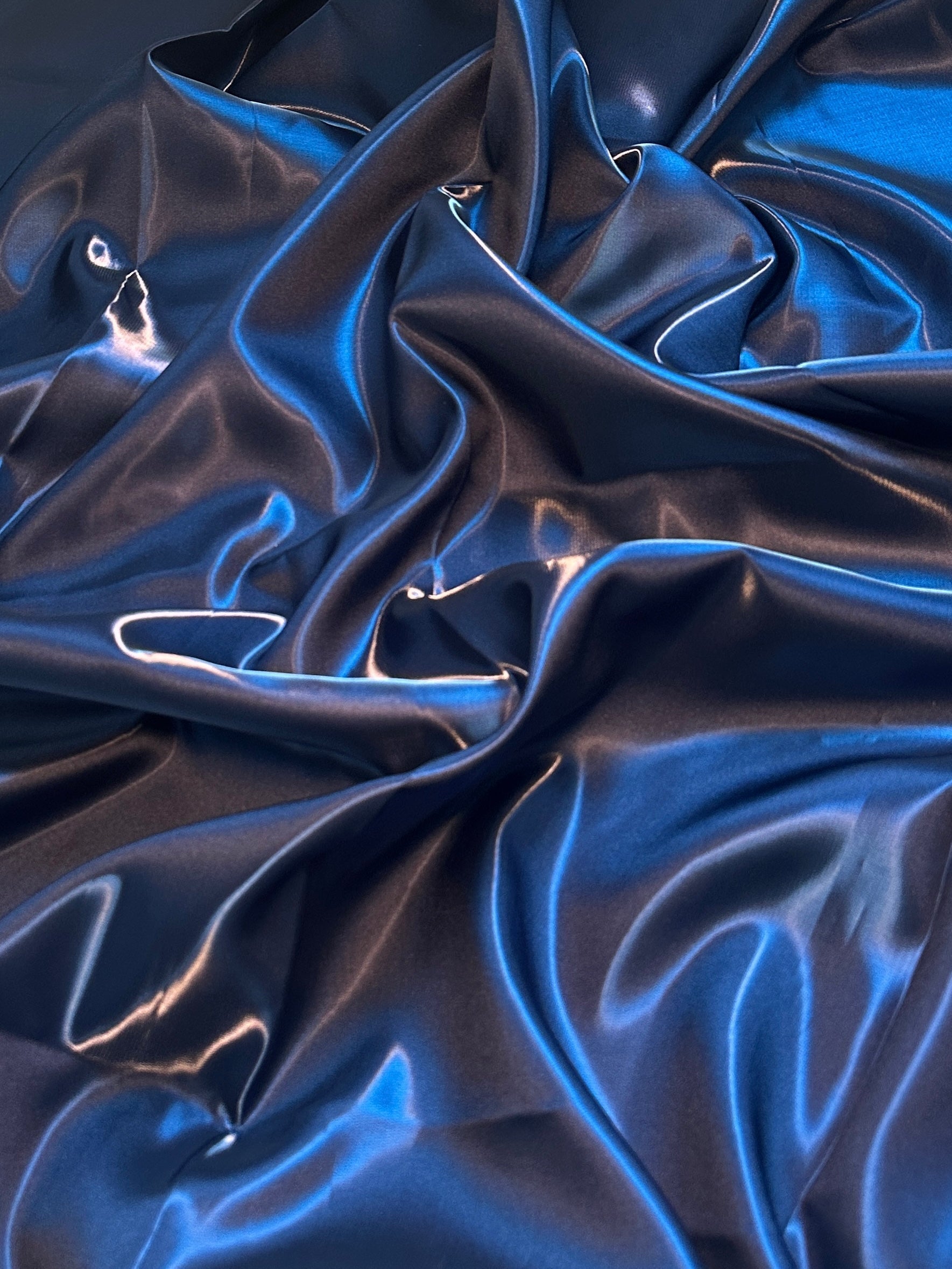
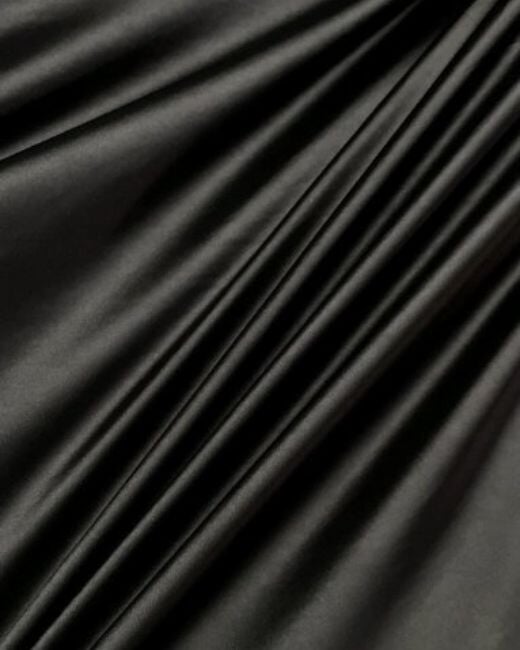
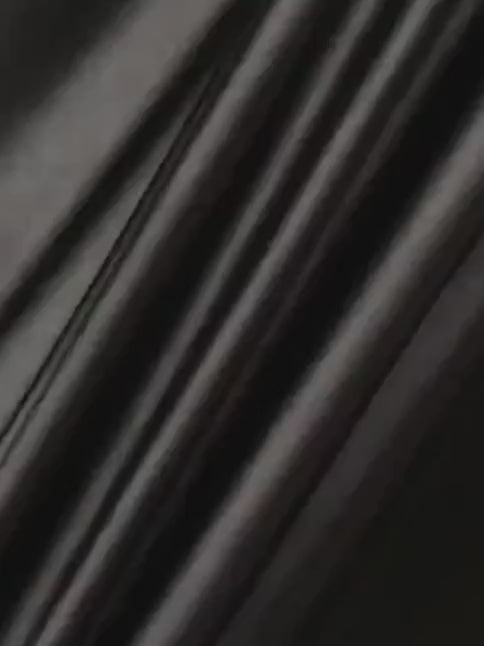
Leave a comment